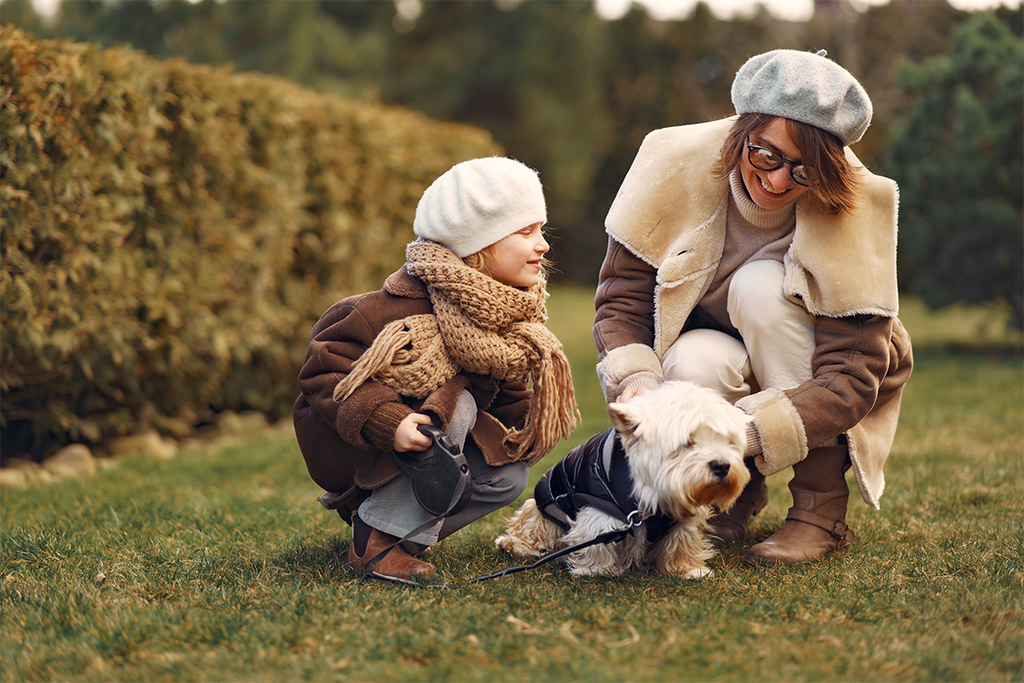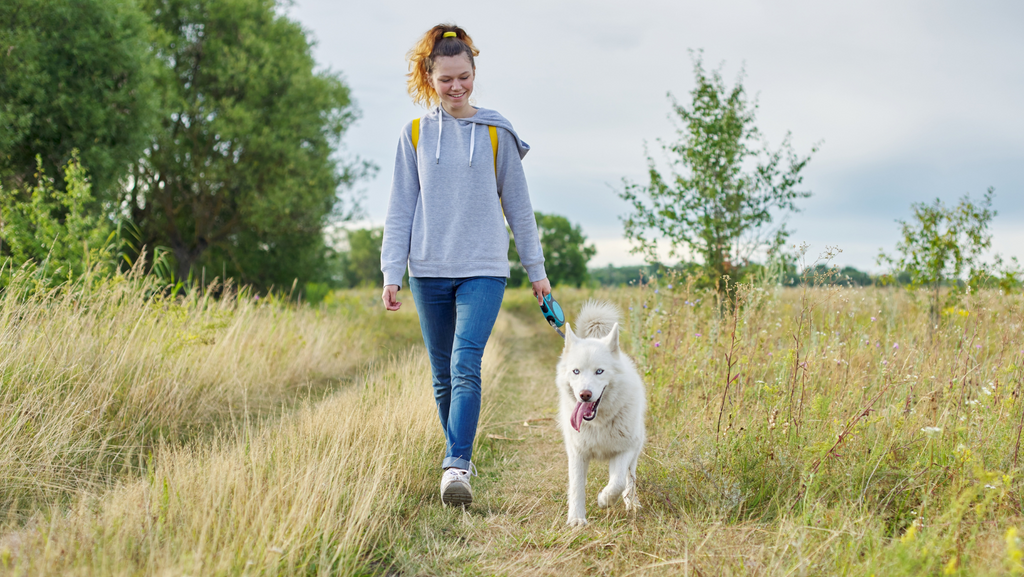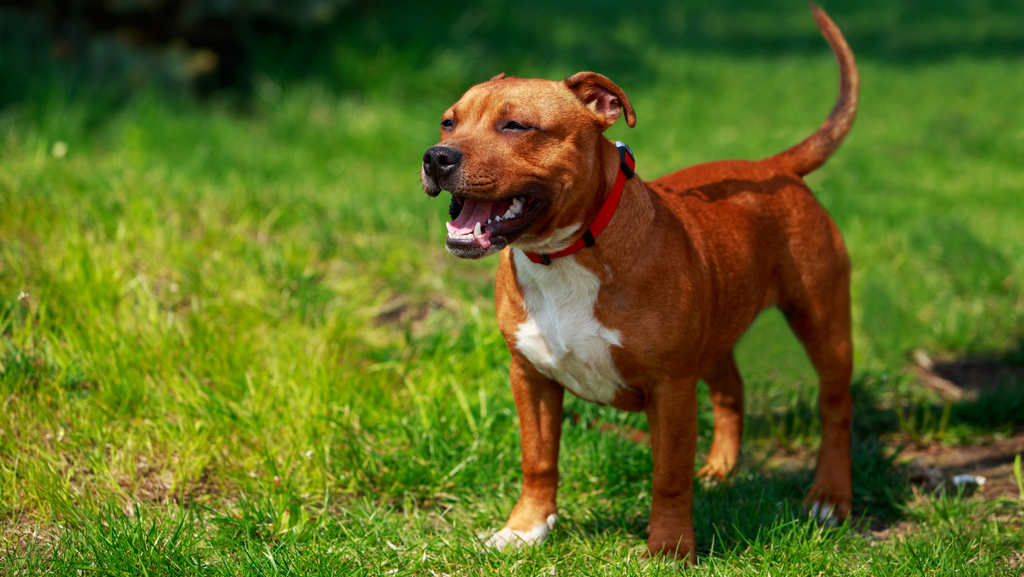How Much Should I Feed My Dog: How to Calculate the Right Amount of Dog Food for Your Pet?

One of your main responsibilities as a doggy pawrent is to make sure that your doggo gets the right amount of food. It seems pretty easy at first, but it can sometimes be a little complex. The question of how much should I feed my dog often arises. Here are some things to consider.
When you bring that new puppy home, it is so cute and loving. Then, when it comes to feeding time, you might feel like giving them just a little extra to make sure they have enough.
Why is It Important to Feed Your Dog the Right Amount of Food?
The main reason to feed your dog the right amount of food is to give them the best life that you can. A dog at a healthy weight can live up to two years longer and enjoy:
-
Weight Management: Correct portion sizes help prevent obesity, reducing the risk of various health issues like diabetes and joint problems.
-
Nutritional Balance: Providing the right amount ensures your dog gets all the essential nutrients they need for optimal health, such as protein, vitamins, and minerals.
-
Digestive Health: Proper portion control promotes healthy digestion and reduces the risk of gastrointestinal issues like bloating and constipation.
-
Energy Levels: The right amount of food keeps your dog energized and active throughout the day, supporting their overall well-being and vitality.
-
Longevity: Maintaining a healthy weight and balanced nutrition can contribute to your dog's longevity, ensuring they live a longer and happier life.
Dogs, just like people, are happier and healthier when they are at the correct weight. So if you are wanting to provide your forever friend with their best life, from puppyhood to old age, it is important to keep them at the proper weight.
Calculating the Right Amount of Food
The amount that you feed your dog is based on a variety of factors, such as:
- Gender
- Spay/neuter status
- Age
- Activity level
- Current weight
- Breed’s ideal weight
- Health conditions
- Treats they get daily
- Calories per unit of their dog food
Several factors vary from dog to dog, as well as from stage to stage in your furry pal’s life. So the amount that is good for your dog today will probably change as they grow older.
That being said, if you want to really work out how many Kcal your dog should be roughly being fed without a trip to the vet, you can do some basic math using either formulation below:
Resting Energy Requirements = 70 x (bodyweight in kg)^0.75
Talk to Your Vet About Your Dog’s Nutritional Needs
You can use an online dog food calculator, but you are probably better off working with your vet. When you take your pooch in for their next check up, ask your vet about feeding. They will take into account your dog’s current weight, age, health condition, etc. and help you determine how much to give your furry friend every day.
Important Tips
You love your dog and it is hard to say no to those cute puppy dog eyes, but you have to remember a few things.
Measure Their Food Accurately
Use a measuring cup. It is hard to accurately measure your dog’s food if you are constantly estimating the amount, and more often than not, you will be giving them more than is good for their health.
Your not alone, in fact 87% of dog owners admitted to estimating roughly what their pets need, with some over estimating by up to 152%!
Don’t Give in
Avoid adding just a bit more food to their bowl once they have finished. Not only will it give them more calories than they can burn, but it will also teach them that if they beg for more food, you will give it to them.
Don’t Forget Treats and Table Scraps
Include treats and table scraps with your daily total. Feeding healthy table scraps is actually an excellent addition to your dogs diet, with studies showing that it can even reduce allergies later on in life!
If you do give your doggo treats or scraps make sure that they are considered in their daily calories, but remember for treats not to feed any more then 10% of their daily needs!
Some dogs cant tell they are full!
Ever wondered why Labradors and Retrievers are often used as service dogs? One of the reasons, besides being clever, is their love for food! Their love for food means they are very trainable and will do just about anything for their next meal.
But, did you know. some Labradors and Retrievers actually have a gene that tricks them into thinking they are are hungry all the time! 25% of Labradors and 66% of flatcoated retriever dogs have the POMC mutation, which researchers have discovered leads to increased interest in food and risk of obesity as the gene causes the dog to use 25% less energy!
Happy and Healthy
So with a little care and planning, you will be giving your doggo the right amount of food that will provide them with the right number of calories and all of the micronutrients that they need for a long, happy and healthy life!




